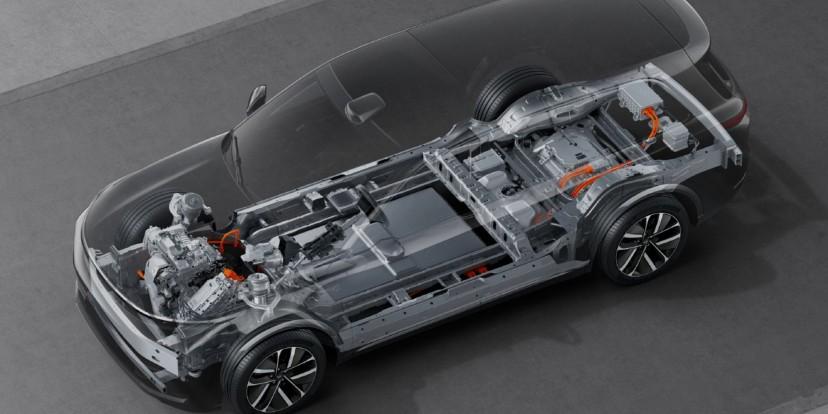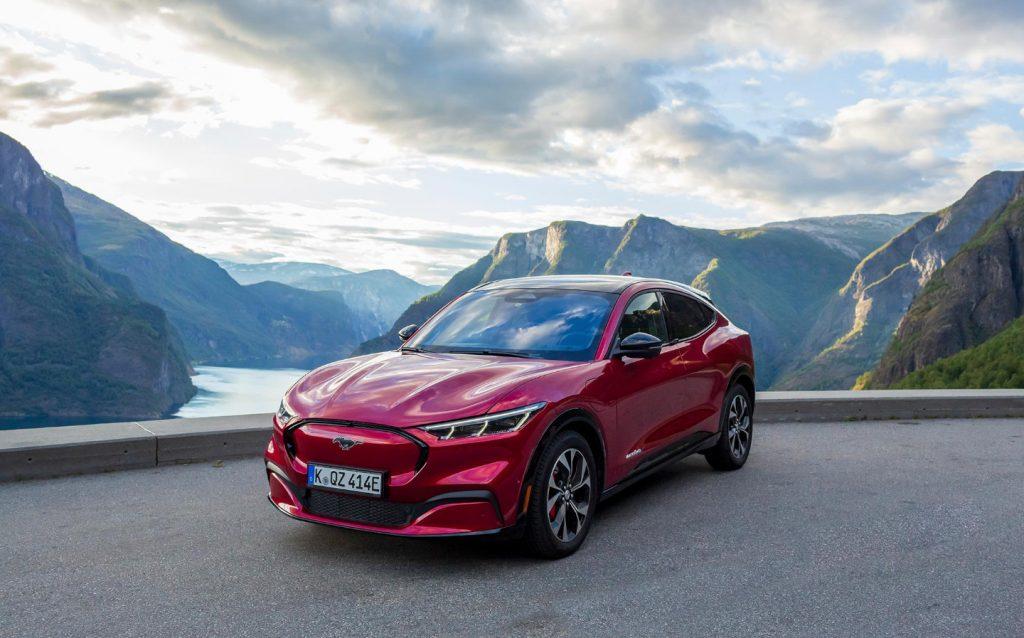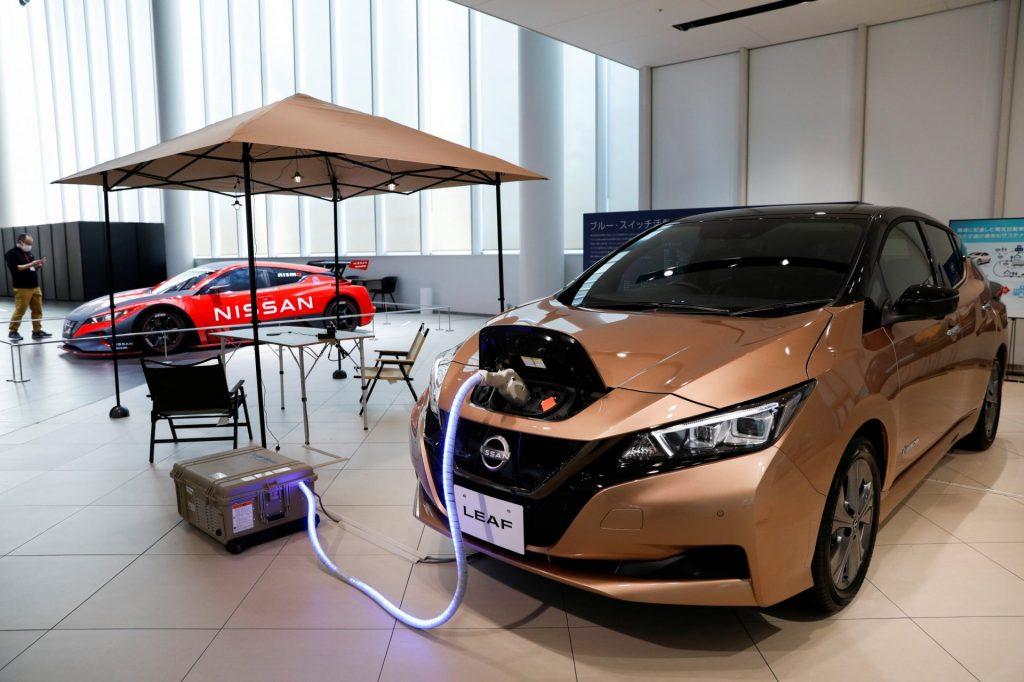Projected Cost Trends for Long Range Electric Vehicles
By Sebastian Orellana
Updated Feb 17, 2024
Electric vehicles (EVs) have gained significant popularity in recent years, with long-range electric cars standing out in the crowd due to their impressive mileage capabilities. This article delves into the world of long-range EVs, providing readers a thorough understanding of their functions, current market status, and economic and technological influencers.
Table of Contents
It dives deep into the future cost trends of these vehicles and explores what these trends mean for consumers, the automobile industry, and beyond. Plus, it includes case studies from major players in the field, such as Tesla, Nissan Leaf, and Chevrolet Bolt. Enjoy this comprehensive read on all things related to long-range electric vehicles.
READ: Best Suspension Kits: A Comprehensive Guide
Understanding the Basics of Long Range Electric Vehicles

Electric Vehicles (EVs) have become a cornerstone in the discussion of climate change and sustainable living. As a zero-emission option for transportation, they have the power to reduce our total carbon footprint significantly.
Overview of Electric Vehicles
Electric vehicles are automobiles that run on electricity. They do not rely on conventional combustible engines and instead are powered by one or more electric motors, using energy stored in rechargeable batteries. These vehicles emit no exhaust gases and therefore contribute nothing to air pollution. Electric vehicles deliver a lower cost per kilometer than petrol-powered cars, even as electricity rates increase.
Introduction to Long Range Electric Vehicles
Long-range Electric Vehicles (EVs) are a category of EVs that can travel at least 150 miles on a single charge. Some modern long-range EVs exceed 300 miles on a full account. With advancements in battery technology and the increasing efficiency of electric motors, the range of electric cars is persistently increasing.
Key Components of Long Range EVs
The critical components of a long-range EV include high-capacity rechargeable batteries, efficient electric engines, and a sophisticated software system to manage energy consumption. The role of the battery is to store electrical energy needed for the journey, while the electric engine drives the wheels.
How Long Range Electric Vehicles Work
A long-range EV functions primarily in the same way as other electric vehicles. The battery's capacity and the vehicle's overall energy efficiency are significantly different.
Assessing the Current State of Long Range Electric Vehicles
Examining the present circumstances of long-range electric vehicles involves understanding who the major market players are, ascertaining the cost trends, and investigating how these factors influence consumer adoption.
Existing Market Players
Current market leaders in producing long-range electric vehicles include Tesla, Nissan, and Chevrolet. Each company has cars with a range exceeding 150 miles on a single charge.
Present Cost Analysis of Long Range Electric Vehicles
In comparison with standard internal combustion engine (ICE) vehicles, EVs often have a higher upfront cost. However, when factoring in operating and maintenance costs, EVs can often be the more economical alternative.
Customer Reception and Adoption Patterns
As the demand for environmentally friendly alternatives increases, consumer adoption of EVs has consistently risen. Additionally, the improving infrastructure for electric vehicles, with more public and private charging stations installed, has aided this trend.
Economic Factors Influencing Cost Trends

Various economic factors impact the cost trends of long-range electric vehicles.
Influence of Raw Material Prices
Raw materials constitute a significant portion of the cost of an electric vehicle. As a good example, lithium is a principal component of the batteries used in electric cars. Thus, the cost of lithium directly impacts the price of the vehicles.
Impact of Manufacturing Processes
The manufacturing process of an electric vehicle is currently more elaborate and expensive than that of conventional cars, contributing to the higher initial costs of EVs.
Effect of Government Policies and Subsidies
Government policies and subsidies play a significant role in reducing the final cost to the consumer. Policymakers worldwide understand the importance and benefits of electric vehicles and are creating supportive policies that encourage manufacturers to lower costs and consumers to embrace the technology.
Technological Factors Influencing Cost Trends
Technology also plays a huge role in the cost trends of long-range electric vehicles.
Advancements in Battery Technology
As technology improves and becomes more efficient, the cost of manufacturing batteries has significantly reduced. This trend is expected to continue as newer and more effective batteries develop.
Progress in Charging Infrastructure
The expanding charging infrastructure has facilitated the adoption of electric vehicles. As demand for EVs increases, we expect to see more investments in charging infrastructure, making it more accessible and less costly.
Influence of Vehicle Design and Aerodynamics
The vehicle's design greatly impacts its efficiency, affecting its cost. More aerodynamic cars are cheaper to operate since they use less energy, adding another factor to the decreased total cost of ownership for EVs.
READ: What are A-Arms?
Projecting Future Cost Trends for Long Range Electric Vehicles
Economic and technological factors point to a steady decrease in the future cost of long-range electric vehicles.
Short-term Projection (next 5 years)
In the short term, we can expect the cost of EVs to continue decreasing as technology and manufacturing processes become more efficient.
Long-term Projection (next 10-20 years)
In the long term, the cost of EVs is expected to drop significantly. This will be helped by continued technological advancements, economies of scale, and more supportive government policies.
Implications of Cost Trends on Consumer Behavior and Adoption

Reducing the cost of long-range electric vehicles will likely influence consumer behavior and adoption rates.
Expected Consumer Behavior Based on Cost Trends
As the total cost of ownership of electric vehicles continues to drop, we can expect consumers to prefer EVs to ICE vehicles increasingly. This shift will be driven primarily by electric vehicles' economic and environmental benefits.
Projected Adoption Rates of Long Range EVs
Given the expected cost reductions, adoption rates are projected to increase significantly. We can expect a significant surge in EVs on the road in the next 10 to 20 years.
In essence, the future looks promising for long-range electric vehicles. Technological and economic trends are influencing to make them more accessible and affordable, heralding a new age in global mobility.
Impact of Projected Cost Trends on the Automobile Industry
The automobile industry faces the challenge of accommodating the projected cost trends that ripple through the global market. With the rise of electric vehicles and more forthcoming stringent environmental regulations, automakers need to develop strategies that will factor in these new variables. The increasing demand for raw materials used in producing electric vehicle batteries, like lithium, has surged their prices and coincided with the growing popularity of electric cars.
Expected Industry Response to Cost Trends
In response to the projected cost trends, the automotive industry is expected to invest in the technologies and resources that will help them reduce the manufacturing cost of electric vehicles and improve the efficiency of their traditional motor vehicles.
Automakers worldwide are reallocating vast financial resources to research and develop electric cars and related products. Companies such as Volkswagen and General Motors have already announced their plans to electrify their cars, proclaiming a future shift from traditional gasoline or diesel cars.
Projected Impact on The Traditional Fuel Vehicle Market
There's a broad consensus that the projected cost trends might lead to a substantial decrease in the production of traditional fuel vehicles. The complexities associated with the manufacture and maintenance of fuel vehicles make them less attractive to consumers. Governments also contribute to this shift by implementing stringent emissions standards and incentivizing electric vehicle ownership.
In countries like Norway, thanks to generous government incentives, electric cars have already surpassed traditional cars in total sales. The cost-effectiveness of owning an electric car and the ecological benefits, will gradually shift consumer preference from internal combustion engine vehicles to electric vehicles.
Implications for EV Market and Beyond
The projected cost trends are poised to expand the Electric Vehicle (EV) market. As the price of lithium-ion batteries decreases and their efficiency increases, EVs become more available to the average consumer. Introducing new models catering to different market segments means more selection for the consumer, further driving competition and innovation in the sector.
There's also a positive ripple effect on related markets like energy and infrastructure. Enforced reliance on renewable energy sources can lead to an overall decarbonization of the economy. It is a strong impetus for governments and private entities alike to invest in fast-charging networks, which is critical for EV adoption.
READ: Is Fox Shocks Better Than Bilstein?
Case Studies on Cost Trends and Effects on Long-Range Electric Vehicles
Case Study: Tesla
Tesla, Inc. has been at the forefront of long-range electric vehicle production. By profoundly investing in research and development, Tesla has achieved significant cost reductions on lithium-ion batteries and efficiently moved towards improved energy density and lifespan, thereby increasing the appeal of its electric vehicles to customers. Tesla's success is exemplified by the Model 3, which has historically become the world's best-selling plug-in electric car model.
Case Study: Nissan Leaf
Nissan, the Japanese automaker, launched the Leaf in December 2010. Despite the high initial cost of electric vehicles, Nissan has made the Leaf affordable by employing cost-cutting methods, such as providing 'battery leasing' options and teaming up with other automakers to share costs. They have also heavily marketed the overall lower cost of ownership of EVs which aligns with the customer's longer-term cost perspective.
Case Study: Chevrolet Bolt
General Motors' Chevrolet Bolt is an example of how car companies respond to the ongoing projected cost trends. Introduced in 2017, the Bolt has a more economical price tag than its other EV counterparts in the automobile market. It provides a real-world range of 238 miles, aiming to blend affordability with long-range capability. It demonstrates how automakers can adapt to the projected cost trends to produce more affordable and efficient electric cars, opening up a new competitive realm in the industry.
